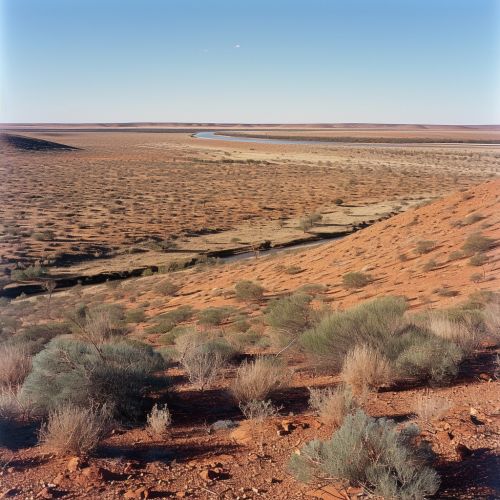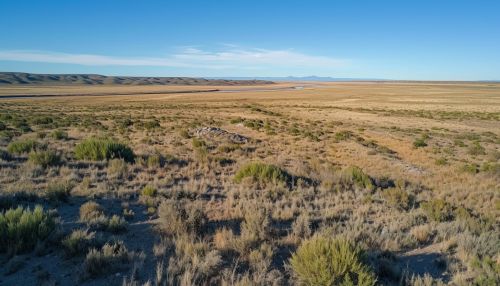Orinoquía Region (Colombia)
Geography
The Orinoquía Region is one of the five natural regions that make up the Republic of Colombia. It is located in the eastern part of the country, bordering Venezuela to the east and the Andes to the west. The region is characterized by its extensive plains, known as the Llanos, which are periodically flooded by the Orinoco River and its tributaries.


Climate
The Orinoquía Region has a tropical climate, with high temperatures and high humidity throughout the year. The average temperature is around 28°C (82°F), with little variation between seasons. The region experiences a rainy season from April to November, and a dry season from December to March. The annual rainfall varies between 1,200 and 2,500 millimeters, with the highest amounts occurring in the southern parts of the region.
Flora and Fauna
The Orinoquía Region is home to a rich variety of flora and fauna. The vegetation is dominated by savanna grasslands, with patches of gallery forest along the rivers and streams. The region is home to numerous species of mammals, including the giant anteater, the jaguar, and the white-tailed deer. It is also a major birdwatching destination, with over 500 species of birds recorded, including the scarlet ibis, the hoatzin, and the harpy eagle.
Economy
The economy of the Orinoquía Region is largely based on agriculture and livestock farming. The region is one of the main producers of rice, corn, and cotton in Colombia. Livestock farming is also a major economic activity, with large herds of cattle, sheep, and goats. The region is also known for its oil reserves, with several large oil fields located in the area. In recent years, ecotourism has become an increasingly important part of the region's economy.
Culture
The culture of the Orinoquía Region is a blend of indigenous, Spanish, and African influences. The region is known for its music and dance, particularly the joropo, a traditional folk dance accompanied by the harp, the cuatro, and the maracas. The region is also famous for its cuisine, which includes dishes such as arepas, hallacas, and cachapas.
